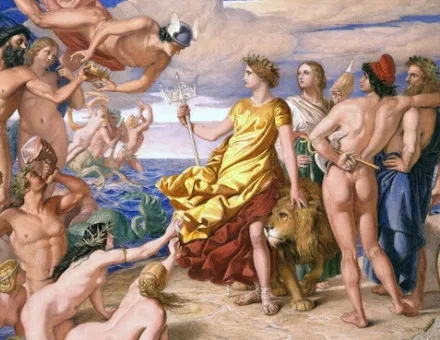The Dulwich Picture Gallery
David Starkey explores one of his favourite museum galleries, in south London.
Small may not always be beautiful, but it is always favourite. Who would describe the National Gallery or the Louvre as 'favourite'? They are too big, too characterless. Similarly the visitor to New York will remember the Frick long after the Metropolitan has merged into Bloomingdale's – from which, indeed it is chiefly distinguished by the absence of price tags. The Frick, on the other hand, is the perfect much in little. A small but wonderful collection; attractive interiors and above all a sense of the powerful personality of its founder, Henry Clay Frick, Mæcenas and coke and steel magnate. And individuality, idiosyncrasy even, is the dominant note of my chosen favourite, the Dulwich Gallery in south London.
The core of the collection was first assembled in the late eighteenth-century for Stanislaus Augustus Poniatowski, King of Poland, to 'promote the progress of the fine arts in Poland'. Like Sir Peter Hall, Stanislaus believed that art supports kingdoms. Like Sir Peter, Stanislas was proved wrong and in 1795 he was dethroned; his kingdom partitioned and the collection left on the hands of the man who had assembled it, Noel Desenfans.





